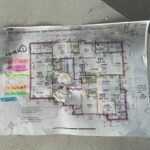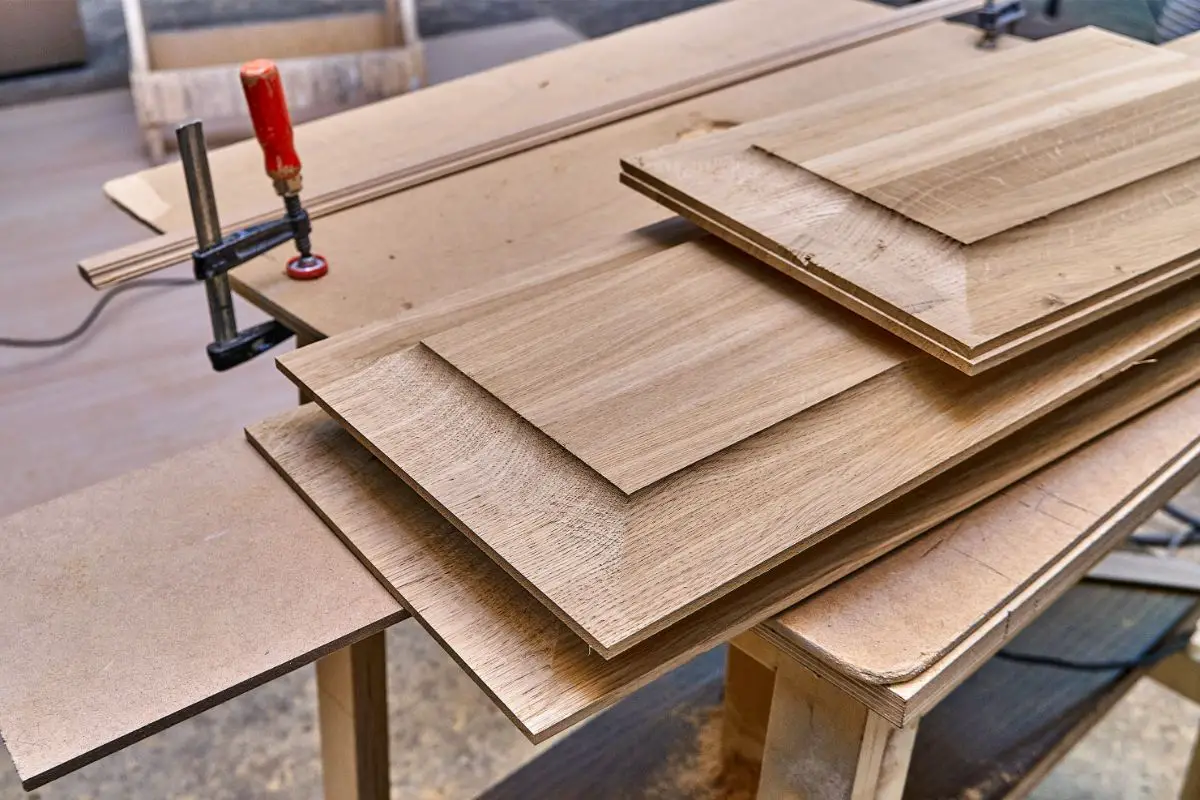
In the United States, the standard dimensions for architectural blueprints are 18” x 24” and 24” x 36”. These sizes are commonly used for various construction projects, providing enough space to capture intricate details and measurements.
For larger and more complex projects, architects may opt for bigger blueprint paper sizes like 36” x 48”. These larger dimensions allow for additional clarity and precision when illustrating architectural concepts and layouts.
It’s important to note that architects in North America generally use the ARCH sizes for their large format drawings. These sizes provide a standardized framework that ensures consistency and compatibility across different architectural plans.
In addition to the standard blueprint paper sizes, there are other common sheet sizes for technical drawings in North America. These include Letter (8.5” x 11”), Legal (8.5” x 14”), Tabloid (11” x 17”), and Ledger (17” x 11”). These sizes are often used for smaller-scale projects or for specific requirements.
Internationally, architects also make use of ISO A-series paper sizes. The A0 size, measuring 33.1” x 46.8”, is the largest in the series and is commonly used for larger architectural plans. The A4 size, measuring 8.3” x 11.7”, is the most commonly used size for general architectural documentation.

Architectural Drawing Sizes – ARCH vs. ANSI
When it comes to creating construction drawings, architects and engineers rely on specific scales to accurately represent their designs. These scales are noted on the documents and play a crucial role in the overall construction process. In order to ensure uniformity and standardization, two sets of standardized page sizes are used for construction documents: ANSI (American National Standards Institute) and ARCH (Architectural).
When creating scaled documents at full size, architects and engineers typically use either ANSI D size or ARCH D size. These sizes provide ample space to include all the necessary details and annotations. However, there are cases where contractors may choose to print documents at half size or half scale (e.g., 1/8” = 1’ becomes 1/16” = 1’). This can help save costs during the printing process while still maintaining readability.
It is crucial to refer to the standard construction drawing sizes when placing a print order. This ensures that the documents are printed correctly and are to scale. Additionally, clarifying whether the document needs to be printed to scale or not is essential to avoid any misinterpretation during the construction process. By adhering to these standards and guidelines, architects, engineers, and contractors can collaborate more effectively and ensure the accurate execution of the design.

Types of Paper and Plotter Sizes for Blueprints
When it comes to creating blueprints, architects have several options for paper types and plotter sizes. Each type of paper serves a specific purpose in the architectural design process, and choosing the right size is crucial for accurate and detailed drawings.
Tracing Paper
Tracing paper is a popular choice among architects due to its low opacity and ability to allow light to pass through. This type of paper is ideal for creating preliminary sketches and tracing existing drawings. Architects often use tracing paper to overlay multiple design options, allowing them to explore different ideas and make revisions easily.
Layout Paper
Layout paper is another commonly used paper type in architectural design. This lightweight, translucent paper is perfect for creating precise drawings and architectural plans. Architects often use layout paper for its smooth surface and ability to handle intricate details. It is particularly useful when creating technical drawings and renderings.
Sketch Paper
Sketch paper is a heavier-weight paper that is ideal for creating initial concept sketches and rough drafts. It provides a textured surface that enhances the drawing experience and allows architects to experiment with different styles and techniques. Sketch paper is often used in the early stages of a project when brainstorming and ideation are essential.
Plotter Paper
Plotter paper is used in conjunction with plotter machines, which are large-format printers capable of producing high-quality, detailed prints. Architects use plotter paper to print vector graphics, especially for creating professional blueprints. The most common plotter sizes for blueprints are 24” x 36” (D size), 18” x 24” (ARCH C), and 13” x 19” (Super-B).
Choosing the right type of paper and plotter size depends on the specific requirements of the architectural project. Factors such as the level of detail, desired finish, and printer capabilities should be considered when making a decision. By selecting the appropriate paper and plotter size, architects can ensure accurate and visually appealing blueprints that bring their designs to life.
Conclusion
When it comes to architectural planning, choosing the right blueprint paper size is crucial for optimal results. The standard blueprint paper sizes commonly used include 18” x 24”, 24” x 36”, and 36” x 48”. These sizes provide ample space for detailed architectural and engineering projects.
Architects utilize different types of paper, such as tracing paper, layout paper, sketch paper, and plotter paper, based on their design needs. Tracing paper is popular for its low opacity and ability to allow light to pass through, while layout paper and sketch paper offer versatility for various drawing techniques. Plotter paper, in combination with plotter machines, is ideal for printing vector graphics and creating blueprints.
When it comes to printing blueprints, it’s essential to consider factors like whether the print is black and white or color, printer capabilities, and project requirements. By partnering with reliable paper services for architectural and engineering projects, you can ensure that you obtain the optimal paper size for your specific needs.
At [Your Company Name], we understand the importance of selecting the right blueprint paper size. Our team is dedicated to providing exceptional paper services for architectural and engineering projects, ensuring that you have the ideal foundation for your designs. Contact us today to discuss your specific paper size requirements.
FAQ
Q: What size are blueprints?
A: The standard blueprint paper sizes used in North America are 18” x 24” and 24” x 36”. Larger sizes like 36” x 48” are used for bigger and more detailed projects.
Q: What are the architectural drawing sizes – ARCH vs. ANSI?
A: Architects in North America typically use the ARCH sizes for their large format drawings. The two sets of standardized page sizes for construction documents are ANSI (American National Standards Institute) and ARCH (Architectural).
Q: What types of paper and plotter sizes are used for blueprints?
A: Architects use various types of paper for different design needs, including tracing paper, layout paper, sketch paper, and plotter paper. Plotter paper is used in conjunction with plotter machines to print vector graphics, especially for creating blueprints.
Q: What is the importance of blueprint paper size for architectural planning?
A: Standard blueprint paper sizes are essential for architectural planning, with common sizes being 18” x 24”, 24” x 36”, and 36” x 48”. Finding the right paper size for architectural and engineering projects is crucial for optimal planning and execution.
- What Kind of Room Has No Doors or Windows? - December 1, 2023
- What is a Powder Room? - December 1, 2023
- What Is a Kitchenette: Exploring the Features and Benefits of a Compact Kitchen - December 1, 2023










